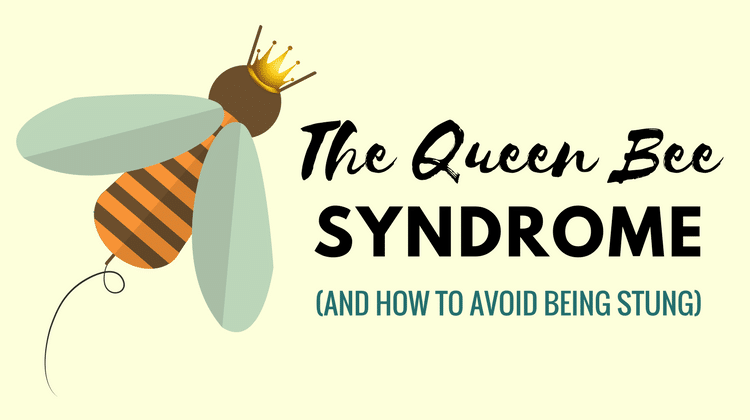
She knows her purpose in life: laying eggs. How aggressively does she perform? The queen bees gets to work immediately after mating. Producing as many as 1,500 eggs in a 24-hour period and up to a million during her lifetime, the queen has time for nothing else.
Fortunately for her, she has all those worker bees to keep her going. They feed her; they groom her; they are at her beck and call 24/7.
Lessons Derived from Apiarian Allusions
The actual worker bees are busy, too — just as busy as the regal one they serve. (The phrase “busy as a bee” exists for a reason.) Alas, their life span seldom exceeds six months. Why? They actually work themselves to death.
By the way, there’s a word for death by overwork: “karoshi.” It originated in Japan when a 29-year-old shipping-department worker died of a stroke. The newspaper firm reported his death and also the very first case of karoshi on record.
Serve But Don’t Be Servile
Yes, it’s important to serve the metaphoric royalty in your work environment but not to the point that your own health or career suffers.
Don’t be among those in the corporate beehive whose stress, long hours, and extreme dedication are having a negative impact on their health. Periodically assess yourself and determine if you have a reasonable balance between doing what you have to do for others and things you should be doing for yourself.
Be Flexible
Flexibility is one of the traits of honeybees. They take advantage of opportunities to participate in cross-training without being urged to do so. Their brain cells actually take on new dimensions as they perform new functions.
Going beyond your worker-bee status may mean you have to take on new tasks. You’ll have to decide which you can do without urging and which you should do after a discussion with your manager, but demonstrating your willingness to do more than your current job requires is almost always a good thing.
Optimize Team Opportunities
If you dread team meetings, you may be able to take a leadership role in making them more productive. Consider the bee world once again, where “biological altruism” reigns. That’s the term which has been created to describe the efforts of creatures in the natural world who willingly make sacrifices for the common good. They operate on a kind of cost-benefit analysis, knowing that by joining forces, they can benefit the community as a whole.
Here are a few tips that, if carefully implemented, will allow your leadership skills to be more visible when teams assemble.
- Form teams with six or seven members.
- Select a leader — perhaps you, yourself — who will involve all the members of the team.
- Become familiar with the talents of the various members.
- Learn how to manage conflict that is bound to arise at some point.
- Periodically assess the outcomes the team is producing.
- Make the mission your top priority.
- Avoid being obsequious when seeking approval from upper management.
- Celebrate success joyfully but not gloatingly.
The Rao Rule
Author Srikumar Rao once remarked that, “when the flower blossoms, the bee will come.” The adage applies to worker bees, to be sure. But when it comes to self-blossoming, you will have to create your own path for bringing visibility to yourself and others — and not just to the queen bee.
About the Author
Marlene Caroselli is an author, corporate trainer, and director of the Center for Professional Development (CPD), which provides training products and services for working adults.